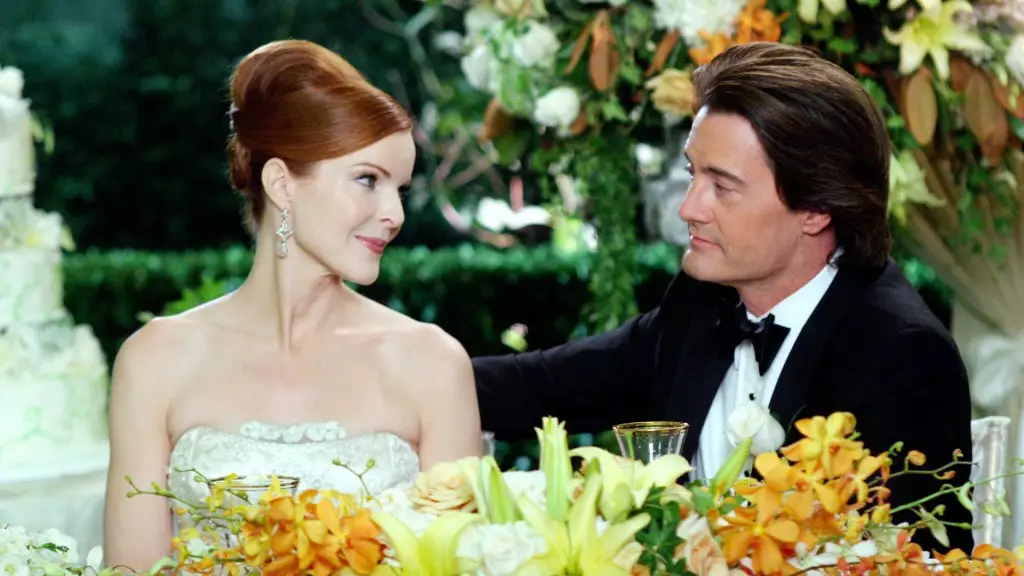Reboots have become a prevalent trend in today’s television landscape, driven by our collective nostalgia and the allure of revisiting beloved worlds. Wisteria Lane, the iconic setting of “Desperate Housewives,” exemplifies this phenomenon. As reports emerge about the possibility of a revival, it underscores the cultural significance of the original series. The neighborhood was more than just a backdrop; it was a character itself, embodying both the idyllic facade and the dark secrets lurking beneath. Returning to Wisteria Lane promises audiences a familiar yet refreshed experience, blending nostalgia with modern storytelling sensibilities.
The Significance of Character Reintroduction
Kyle MacLachlan’s openness to returning as Orson Hodge reveals a layered understanding of what it means to revisit a character. It’s not merely about nostalgia but also about crafting a compelling narrative. His cautious approach—wanting to understand the role and its potential evolution—reflects a recognition that rebooted characters must grow or at least be reinterpreted to resonate today. The caution also highlights that reboots should respect the integrity of the original while allowing room for innovation. MacLachlan’s mention of his previous experience returning to “Twin Peaks” serves as a blueprint, illustrating how creatively reimagining familiar characters can lead to rich storytelling.
The Cultural Resurgence of Wisteria Lane
Kerry Washington’s involvement, with her project Wisteria Lane inspired by the original, indicates a broader movement to revive and reinvent the series’ universe. Her description of Wisteria Lane as a “fun, sexy, darkly comedic soap/mystery” suggests a desire to blend genres, making the show contemporary and edgy. The idea of focusing on a diverse group of friends and frenemies living in a seemingly perfect community adds depth, turning the idyllic facade into a fertile ground for exploring complex human stories. This approach taps into current audiences’ appetite for shows that combine style with substance, where appearances deceive and secrets are lurking just beneath the surface.
The Role of Nostalgia in Cultural Reinvention
What makes the discussion of “Desperate Housewives” revival compelling is its acknowledgment of the power of nostalgia. It’s a double-edged sword: while familiarity draws viewers, the challenge lies in delivering something new and meaningful. Reboots that rely solely on old glories risk feeling outdated, but those that thoughtfully update characters and themes can breathe new life into familiar worlds. The potential return of characters like Orson Hodge is symbolic: it’s an opportunity to revisit the old while embracing the new, demonstrating that storytelling is a continuous evolution rather than a mere rerun. Such projects serve as a reminder that cultural memory is vital but must be nurtured with fresh perspectives to remain relevant.

